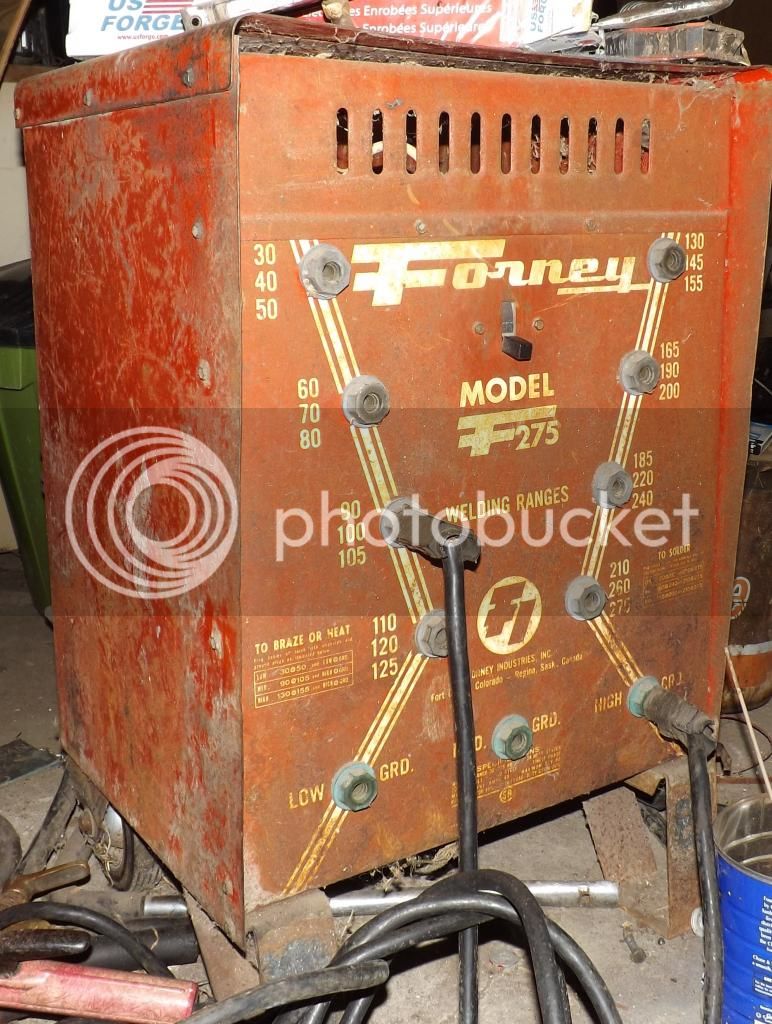Hey folks.
While I'm fairly proficient at soldering for electronic components, and I'm fairly decent at mechanical work in general, I've never done any actual welding.
I do want to learn however
My main question here is that harbor freight sells a Flux wire welder system for around $100 and I was wondering if this would be a suitable learning tool and if the process would be suitable for working on bikes.
Sent from my SM-G900V using Tapatalk
While I'm fairly proficient at soldering for electronic components, and I'm fairly decent at mechanical work in general, I've never done any actual welding.
I do want to learn however
My main question here is that harbor freight sells a Flux wire welder system for around $100 and I was wondering if this would be a suitable learning tool and if the process would be suitable for working on bikes.
Sent from my SM-G900V using Tapatalk













